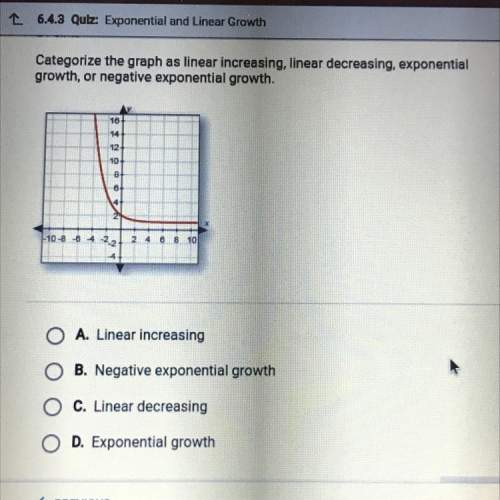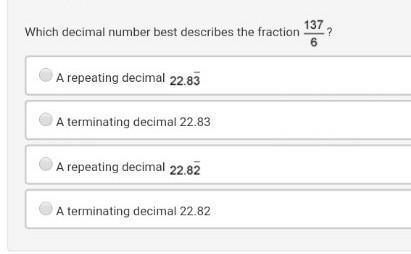
Mathematics, 18.04.2020 02:04 liltonio
For second order DES, the roots of the characteristic equation may be real or complex. If the roots are real, the complementary solution is the weighted sum of real exponentials. Use Cl and C2 for the weights, where Cl is associated with the root with smaller magnitude. If the roots are complex, the complementary solution is the weighted sum of complex conjugate exponentials, which can be written as a constant times a decaying exponential times a cosine with phase. Use Cl for the constant and Phi for the phase.
All numerical angles(phases) should be given in radian angles (not degrees). Given the differential equation
y'' + 7y' +12y = 7 cos(6t+ 0)u(t)
a. Find the functional form of the complementary solution, yc(t).
b. Find the particular solution, yp(t).
c. Find the total solution, y(t) for the initial condition y(0) = 1 and y'(0) = 12.

Answers: 2


Another question on Mathematics

Mathematics, 21.06.2019 23:30
The perimeter of an equilateral triangle is 4 cm more than the perimeter of a square and the length of a side of the triangle is 8 cm more than the length of a side of the aware. find the length of a side of the equilateral triangle
Answers: 1

Mathematics, 22.06.2019 03:20
Whuch statements about the diagram are true? select all that apply.
Answers: 1

Mathematics, 22.06.2019 04:20
Which math statement does not contain a math variable ?
Answers: 1

Mathematics, 22.06.2019 04:30
Draw a geometric diagram of this scenario using two parallel lines and one transversal. (remember that a transversal is a line which cuts across parallel lines.) label the angles, parallel lines, and transversal as indicated in the diagram above.
Answers: 2
You know the right answer?
For second order DES, the roots of the characteristic equation may be real or complex. If the roots...
Questions



Biology, 02.07.2021 22:40

Mathematics, 02.07.2021 22:40








Computers and Technology, 02.07.2021 22:40













